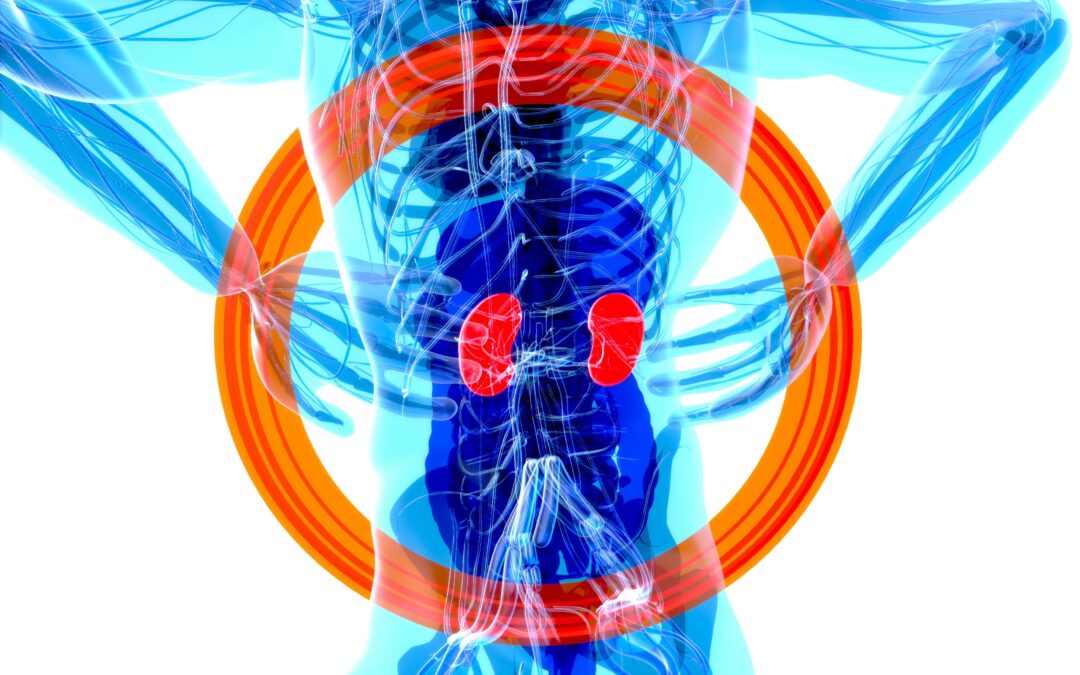Remembering that even the heartbeat was misunderstood for centuries, could the kidney yet prove to be . . . an oxido-transformer?

Prof. Mumblebard claims: “Renal function is no mystery: it is simply the homeostatic regulation of body fluids, the main mechanism of which is urination of excess water, salts, acids and nitrogen. Although other organs such as the skin and intestines also contribute to the elimination of potentially toxic wastes from the blood, the kidney is the only organ shared by all vertebrates that is dedicated to excretion.”
Robin and the Honey Badger respond: “The true electrochemical function of the kidney is deceptive. ‘Homeostatic regulation’, although valid, is too vague to give an understanding of renal physiology. ‘Urination’ also falls short, because it is a secondary rather than primary function of the kidney. Clues to the real specialisation of the kidney – the balancing and reformulating of pro-oxidants and anti-oxidants throughout the body – lie in four observations. Firstly, the intricacy and energetic cost of the kidney suggest that its true function is more fundamental than any aspect of excretion. Indeed, the paired kidneys are so powerful that they reformulate, molecule by molecule, all the blood plasma of the whole human body every 22 minutes. Secondly, the kidney provides a uniquely neutral environment because oxygen is excluded and the active transport of ions across renal cell membranes does not generate action potentials. Thirdly, nearly all substances filtered from the blood into the renal tubules are reabsorbed into the blood, with only a small fraction being excreted. This is partly because urea and uric acid, although often assumed to be mere wastes, are costly to synthesise and are useful anti-oxidants. And lastly, most of the true excreta subsequently pass directly from the blood into the urinary tract. Based on these observations, renal physiology transcends the mere maintenance of ionic balance in the blood via excretion and acid/alkaline buffering. Instead, diverse molecules can routinely be quarantined – separate from blood and lymph – in a body compartment where electrons can be traded among the intercepted pro-oxidants, anti-oxidants and ions. In the resulting reformulation, radicals can be processed to optimise the overall effects of redox reactions throughout the body, with the various pro-oxidant and anti-oxidant substances being mixed and matched appropriately. In this way homeostasis can be achieved in the precise sense of controlling ‘free radicals’ yet retaining enough pro-oxidants of appropriate types to kill cancerous cells and current pathogens. In summary, the anatomy and function of the kidney are consistent with a dedication as an ‘oxido-transformer’ for the whole body, balancing the overall costs and benefits of respiration in all organs. This new interpretation better explains the complexity and power of the kidney because management of the chain reactions of oxidation is the ultimate challenge for aerobic metabolism.”

Please join us here at the Bio-edge with your own comments. In the discussion below we encourage links to any evidence supporting either Prof. Mumblebard or Robin and the Honey Badger. Illustrations are welcome but please cite all sources or we may be forced under copyright to delete your comment.
What is the real value of a kidney?
[1] the synthesis of which, although using superfluous nitrogen, is too expensive to be explained in terms of excretion alone

